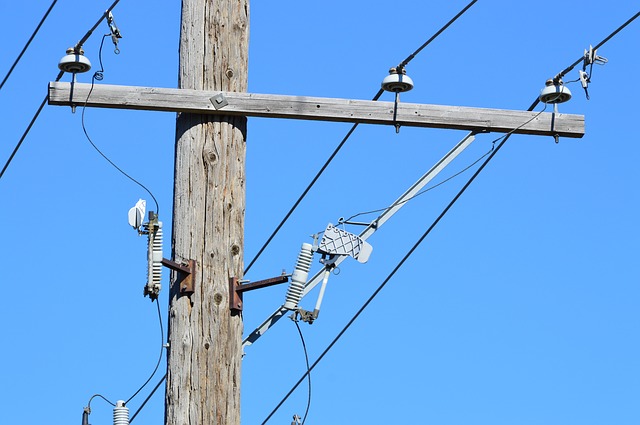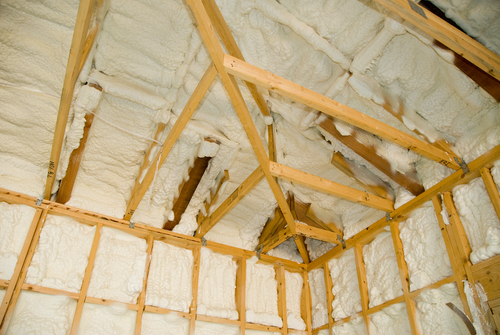Market Potential for Reclaiming CCA from Decommissioned Utility Poles

Green Spray Foam
In the area of recycling of spent chromated copper arsenate (CCA)-treated wood, most studies to date have focused on methods of removing/extracting the residual preservative from the wood matrix. It is well recognized that exposure of CCA-treated wood to an acid solution can reverse the CCA fixation process thereby converting the CCA elements into their water-soluble form. The economic viability of the process is enhanced because it can be integrated with other technologies and products (e.g., “green” spray foam insulation, etc.). The market for the “green” CCA is the same as for traditional CCA-the wood treating industry, principally utility poles and pilings. A market research study was conducted to determine the suitability of spent CCA-treated wood as a source for recycled, “green” CCA for manufacturing “green” spray-foam insulation. Specifically, we wanted to discern the attitudes and overall perspectives of buyers/sellers (i.e., utilities and wood treating companies) of CCA preservatives and treated wood products, disposal methods and costs for decommissioned CCA-treated wood, and understand perceptions of and willingness-to-pay for “green” CCA preservatives extracted from the technologies used in this research. Results show that 60% of wood preservative treating respondents and 60% of electric utility company respondents are somewhat or greatly interested in using out-of-service utility poles as feedstock for “green insulation” as part of a new potential business venture.
Louisiana State University CCA Research
Preservative-treated wood plays a substantial role in the infrastructure of the nation. Virtually all of the preservative-treated wood that is installed is eventually decommissioned and landfilled. The goal of on-going research at Louisiana State University Agricultural Center (LSU AgCenter) is to reclaim the preservative in decommissioned preservative-treated wood and utilize the preservative-free wood as a raw material for bio-polyols which can be used to produce spray foam insulation. In the area of recycling of spent chromated copper arsenate (CCA)-treated wood, most studies to date have focused on methods of removing/extracting the residual preservative from the wood matrix. It is well recognized that exposure of CCA-treated wood to an acid solution can reverse the CCA fixation process thereby converting the CCA elements into their water-soluble form. Thus, acid extraction using different acids and a wide range of reaction conditions has been extensively studied for removal of CCA from out-of service CCA-treated-wood. However, acid extraction processes are slow and requires a large treating space and a large amount of acid solution.

Conventional Extraction
Furthermore, conventional acid extraction requires sequential extraction or a two-step extraction process to attain complete removal because none of the individual acids are able to effectively remove all three CCA elements simultaneously. Therefore, a cost-effective acid extraction method is lacking. The core innovation of the LSU technology involves the novel approach of microwave energy for binary acid solutions consisting of oxalic acid combined with either acetic or phosphoric acids. Our previous bench top research has shown that the addition of acetic acid into phosphoric acid enhanced the metal recovery rate of the mixed acid solution. This synergistic effect of mixed acetic acid and phosphoric acids is considered one of the most interesting and significant discoveries of the core invention. The minimal reaction conditions for extracting the maximum percentage of metals were 2.75% phosphoric acid, 0.5% acetic acid, and 130˚C. The total recovery rate approached 100% for arsenic, 96.7% for chromium, and 98.6% for copper in a one step process. We can obtain virtually complete removal of all three metals at slightly more aggressive reaction conditions. The economic viability of the process is enhanced because it can be integrated with other technologies and products (e.g., “green” spray foam insulation, etc.).

Meet the Author
Dr. Todd Shupe is the President of Wood Science Consulting, LLC. He is a well-recognized expert on wood forensics, wood preservation, wood decay and degradation, and wood species identification. He has a broad background in new product development, quality management, and marketing and sales in both the public and private sectors. For more information please visit DrToddShupe.com.
We welcome your comments below.
Thank you for visiting. We trust that you have enjoyed reading our articles.
Liked this post? Read more below or search for more topics . . .

